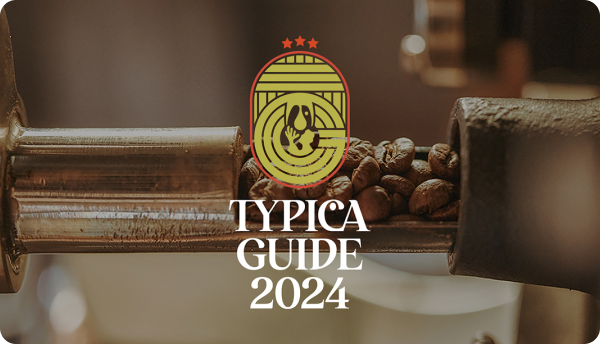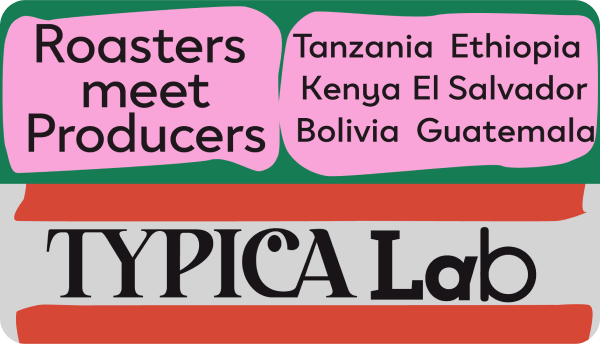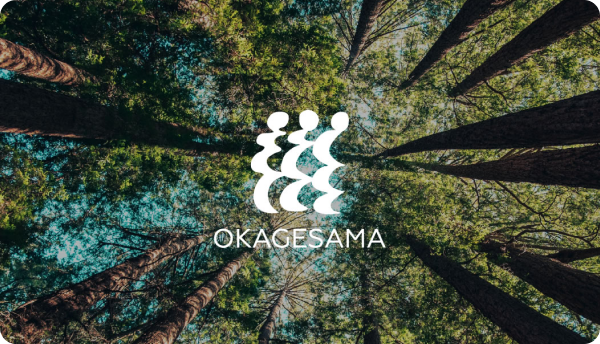
Achieving Independence with Coffee
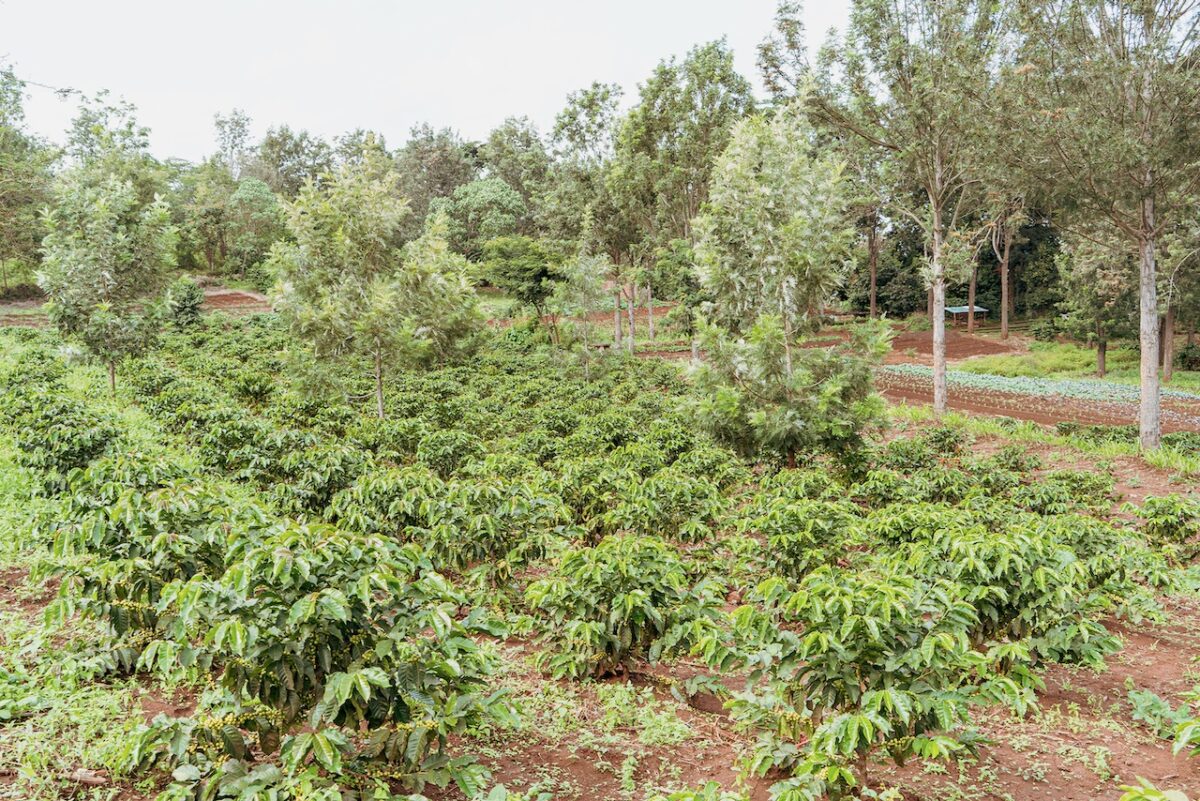
George Ndege cultivates coffee in the Karatu district, close to the Ngorongoro Conservation Area. His farm is about 10 acres in size, growing not only coffee but also maize and butternut (a type of pumpkin) and supplying it to hotels that cater to tourists.
After producing commercial coffee since 1995, George shifted to growing specialty coffee in 2020, following a proposal from TaCRI (Tanzania Coffee Research Institute). He grows a variety called compact. The reason is that he and TaCRI, which provides advice based on soil analysis results, tried different types and decided that this was the best choice.
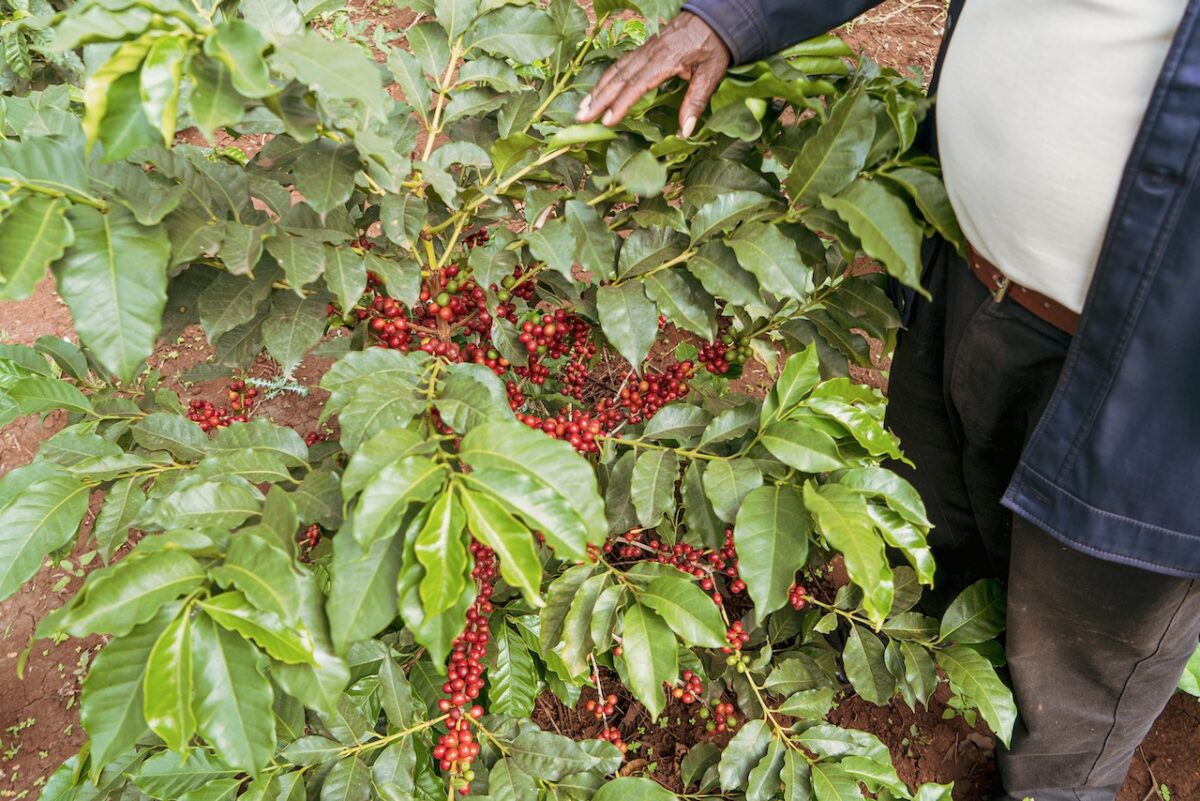
Q Grader Filbert of Acacia Hills, who has cupped the compact variety, said, “It had a bit of citrus (lemon-like) flavors and the sweetness of caramel, chocolate, and floral. But, overall, it was a clean cup, scoring 84 points as measured by SCA standards.”
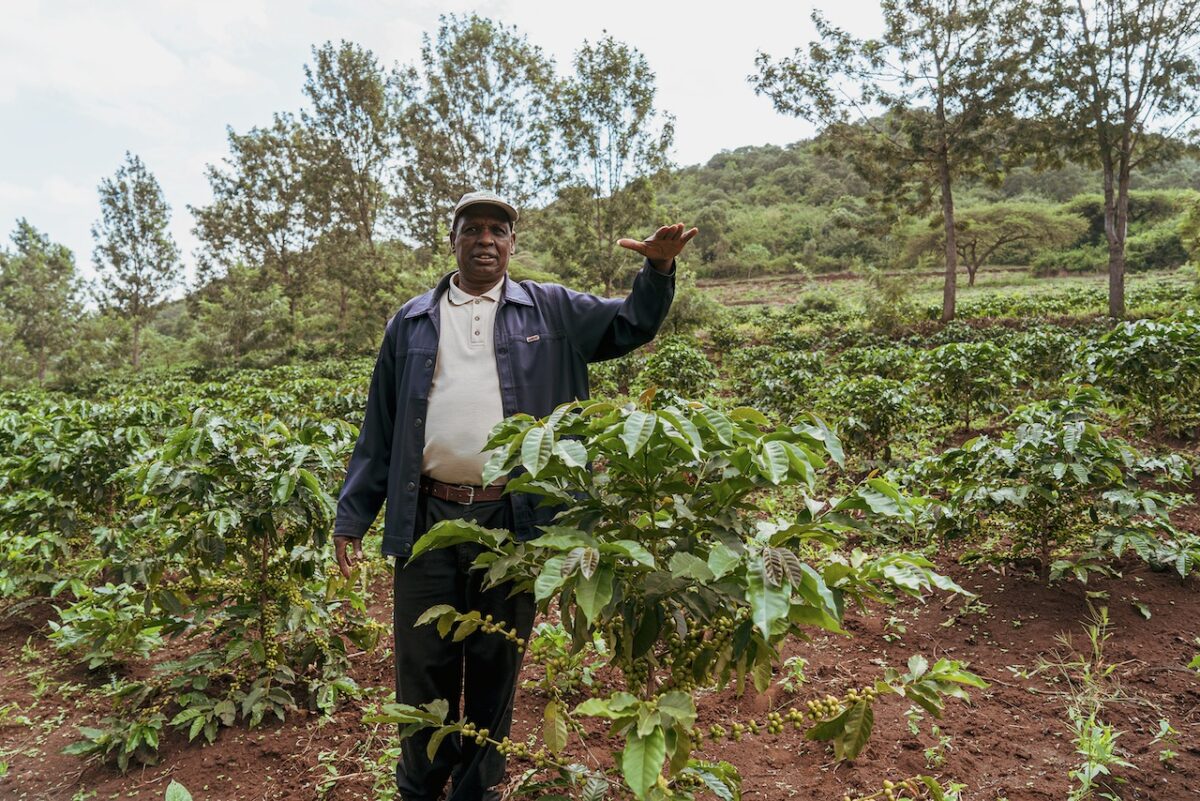
“Our goal is to produce 9 to 10 tons of coffee in the future (each coffee tree yields 1kg),” says George. With the support of TaCRI, he has been growing specialty coffee seedlings to encourage more to start specialty coffee farming.
“If I can demonstrate that I can sell coffee at a high price, other producers will probably start growing coffee, too. There have been those who planted coffee on an experimental basis, but many of them ended up losing motivation because of the low selling price.”

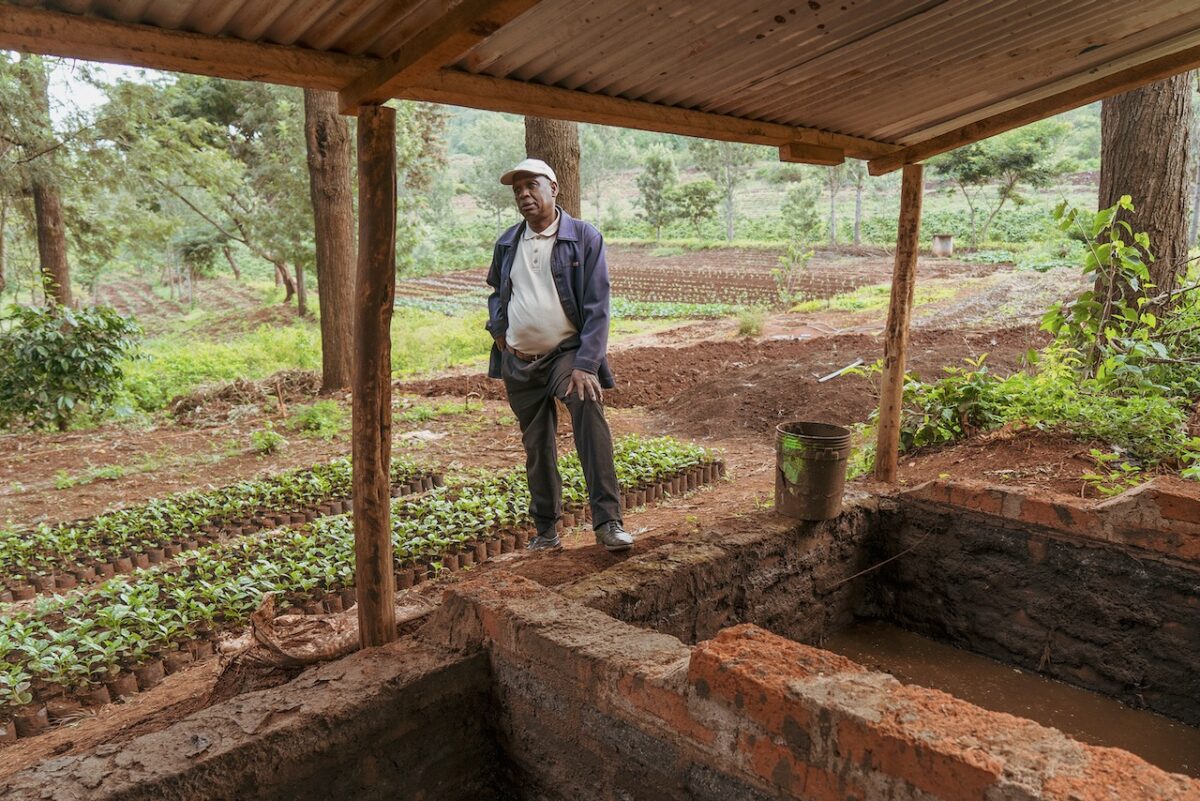
Challenging the status quo with direct sales
The Karatu region of northern Tanzania is a major coffee-producing area famous for its “Kilimanjaro” coffee. George knew that coffee was a local specialty, but he never thought he would grow it.
“My father also worked as a cherry picker for a large estate run by white people, so I assumed that coffee was a crop grown by white people. In the Kilimanjaro region, people of all races grow coffee, but that was not the case in my hometown.”
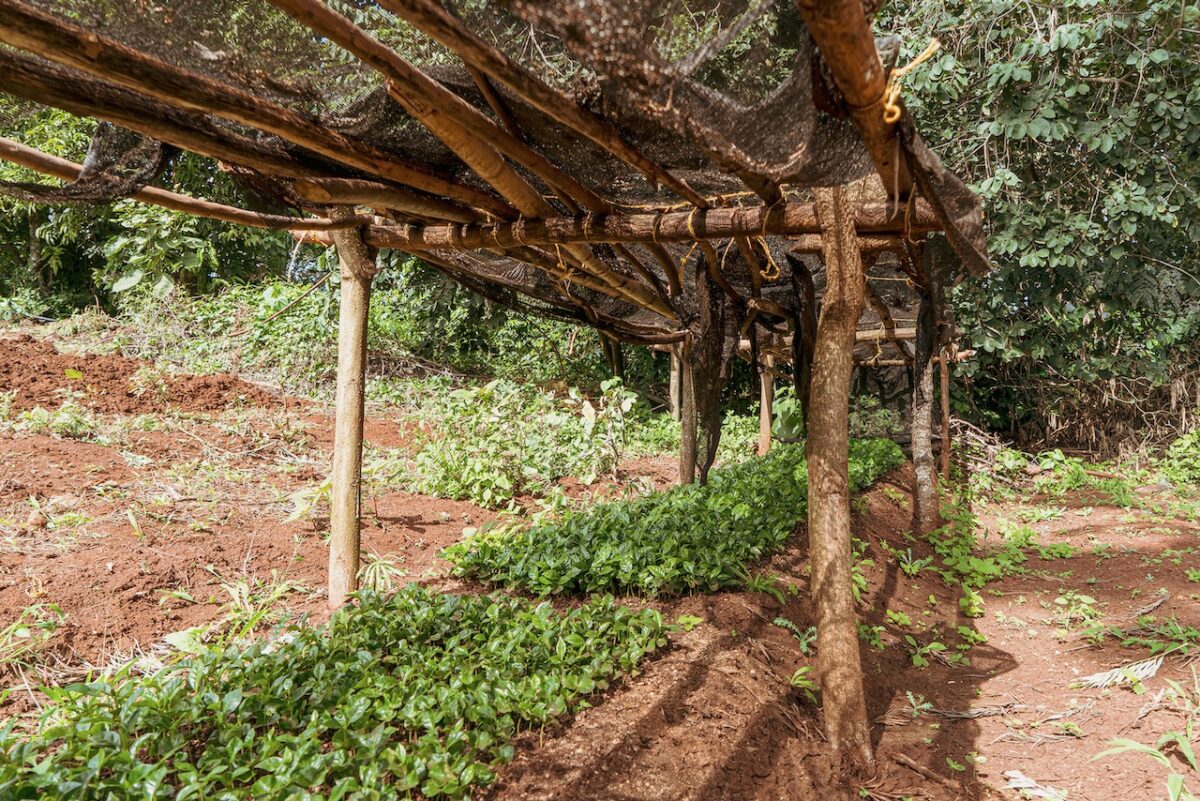
The turning point for George and many other small farmers came in 1995 when they took advantage of a subsidy program called STABEX, which allowed them to acquire coffee seedlings and enter the coffee production business. STABEX is an export income stability program. The European Community ran this initiative from 1976 to 2000 to stabilize export income for Third World countries.
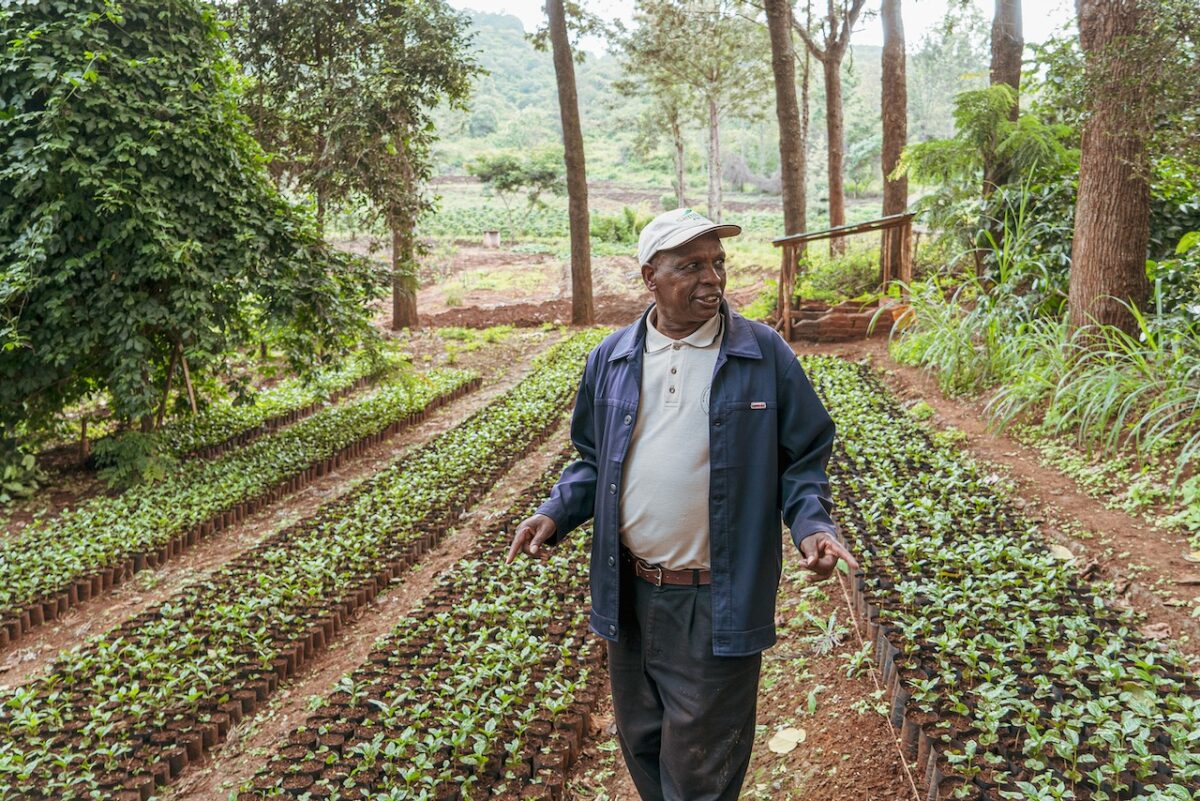
George left his hometown right about that time, bought a plot of land where he lives now, and built a house there himself. The original landowner abandoned the ground because wild animals from a nearby nature reserve(mainly elephants and buffalo) had damaged it in search of food. So why did George decide to buy it, despite being overgrown with trees and not immediately available for agricultural use?
“It seemed an excellent place to live because the soil was better than my hometown’s. Of course, I could have bought land in better conditions, but the lowlands, which were not at risk of being damaged by wildlife, had already been owned and developed. So this was our only choice, but we thought we could cope with the situation by using our ingenuity.”

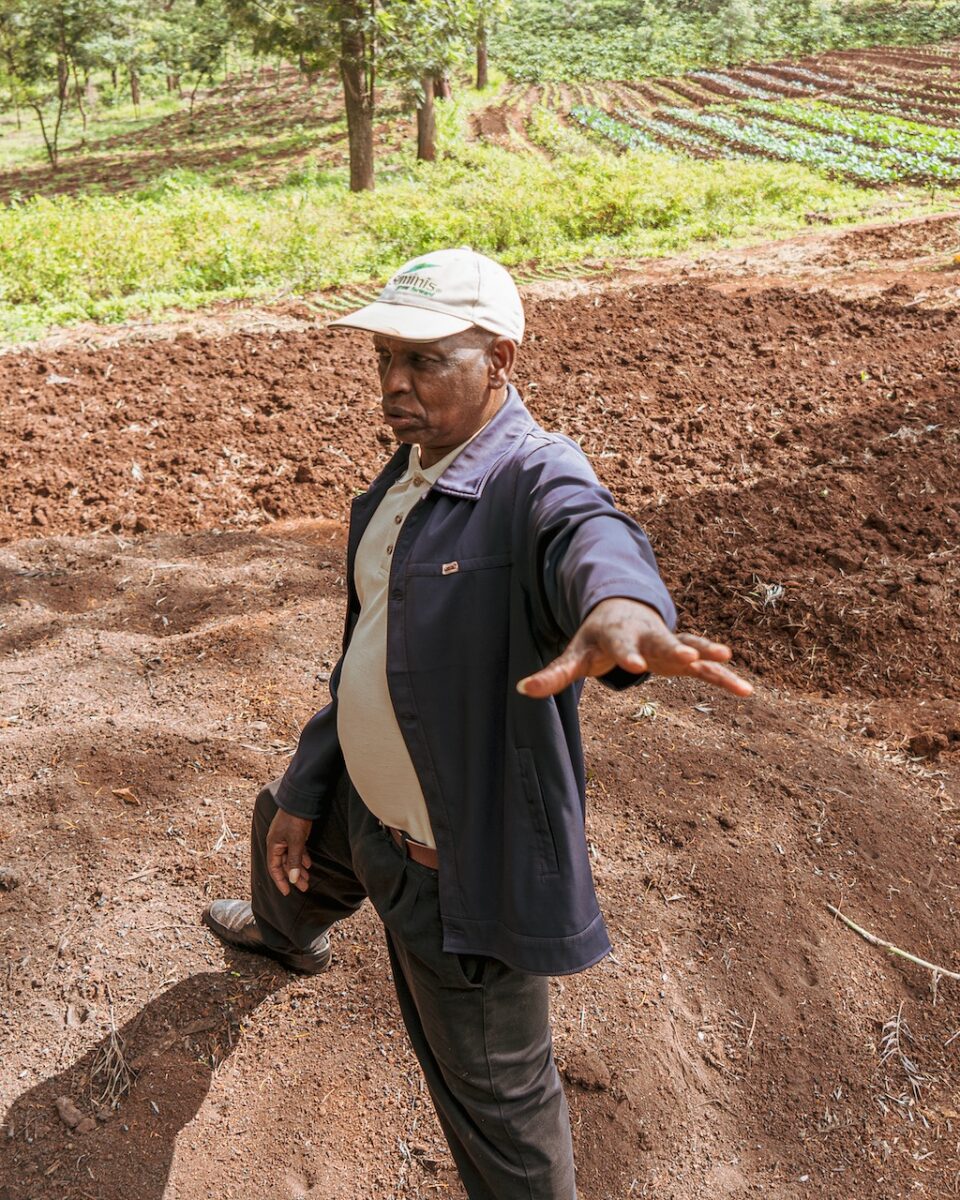
That said, animal damage can be costly; no matter how diligently you grow vegetables, elephants can devour them overnight, undoing all your efforts. As a result, George hired two employees to drive away the maize-loving elephants. Together with a guard in a neighboring village, they have been dealing with the situation.
“We started growing commercial coffee with no clear vision of how to make a profit. At first, production was small, and it was difficult to find customers. What’s more, the transaction price was low, too. Things improved once we started distributing our coffee to hotels that serve tourists coffees roasted on the premises. But I always wondered why I couldn’t sell coffee directly to overseas customers myself.”
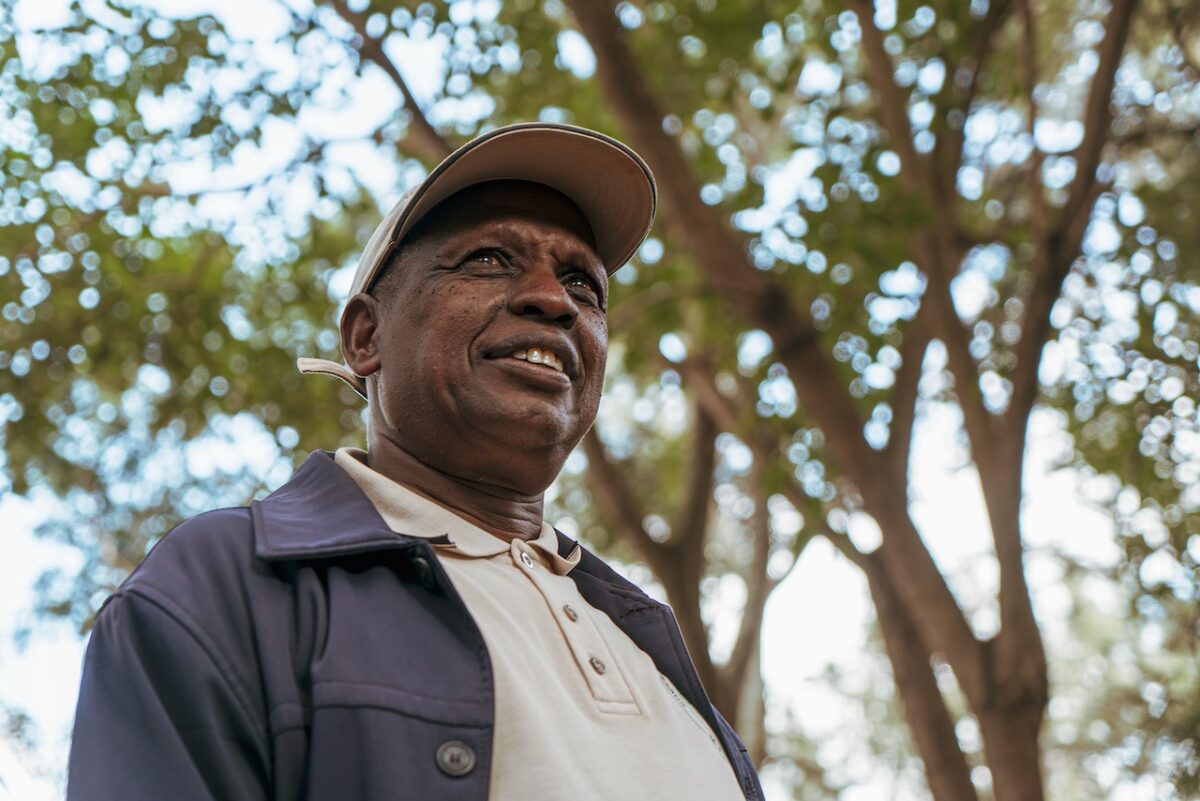
Expectations are growing high for George, who has yet to sell specialty coffee. However, he believes that a future with a fair evaluation of their efforts is just around the corner.
“I aim to create a future where many people grow coffee in this region. However, regardless of how hard I work to produce my own coffee, it won’t be enough for me to sell to overseas customers. For this reason, I want to foster a coffee community in this region and deliver everyone’s coffee together to customers overseas.”
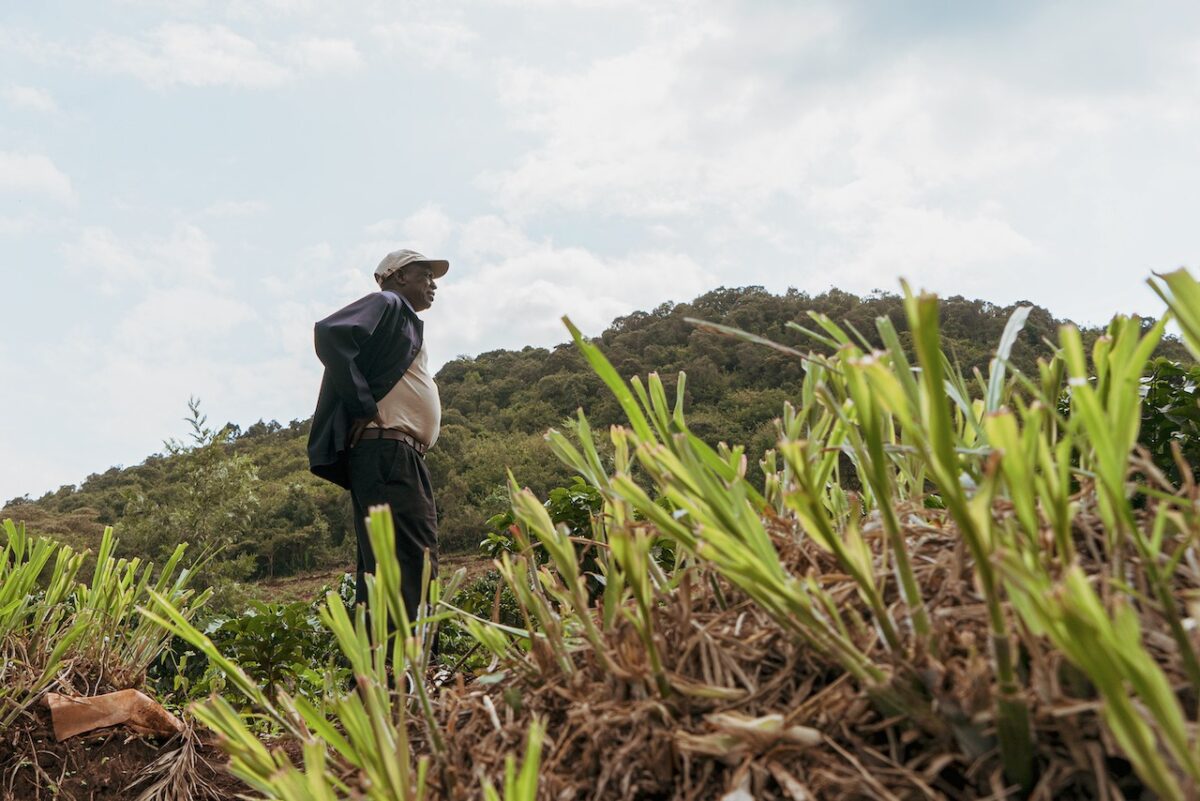
Indeed, George is trying to create a new kind of cooperative. But, just as all large corporations start out as ventures, there was a time of purity for the existing cooperatives, which have become rigid and corrupt somewhere along the way.
Specialty coffee provides an effective way for small producers to break away from the control-dominated relationship and gain economic and psychological independence. George shall prove this through his own practice.
Originally written in Japanese by Tatsuya Nakamichi

